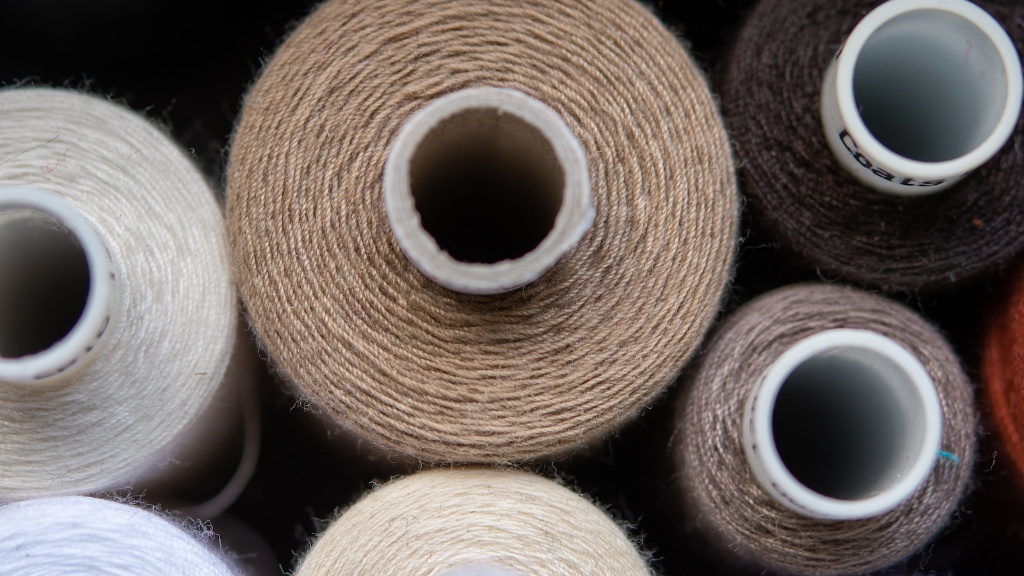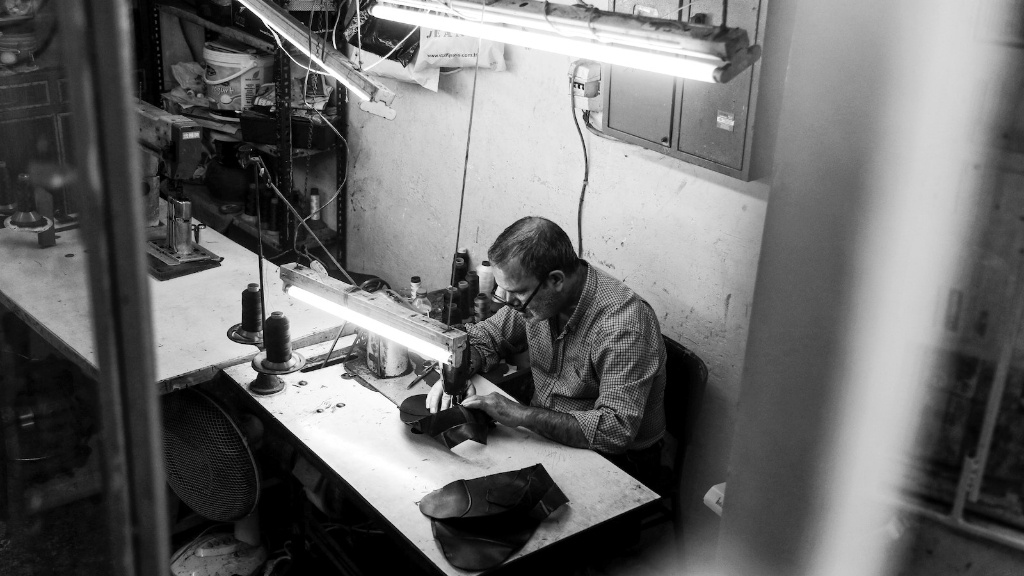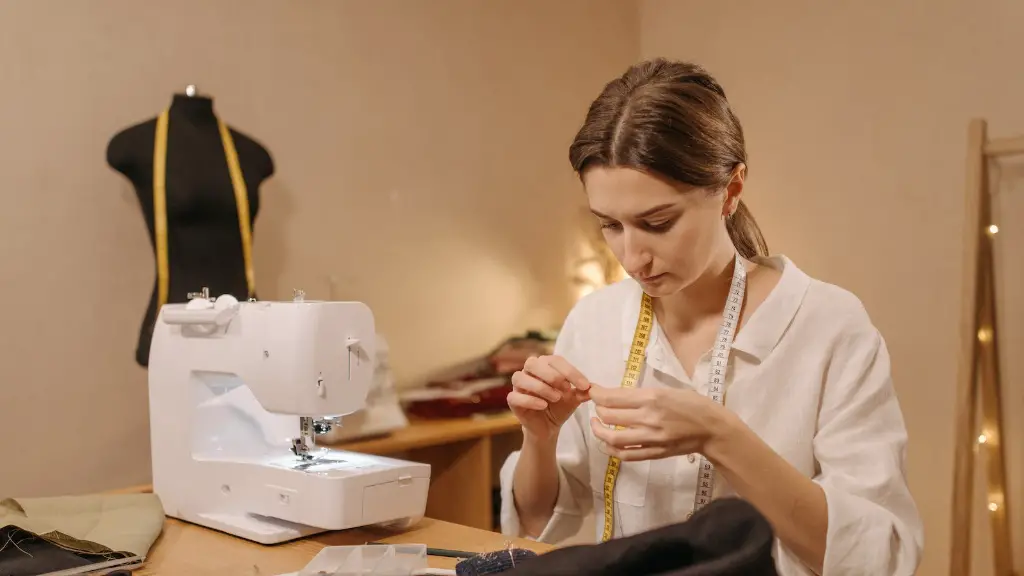It is well documented that the industrial revolution shaped and changed society for the better in so many ways. One particular and important invention that emerged during this time was the sewing machine. Who exactly was responsible for this innovation and how did it benefit society?
In 1830, the first person responsible for inventing the basic sewing machine was Frenchman Barthelemy Thimonnier. He was an inventor and a Shoemaker by trade. His invention was made up of a single needle with an eye near the point, it was connected to a mechanized system that consisted of a treadle and a crank. The first advertisement of the invention recognized Thimonnier as its inventor and offered the machine for sale. Although the sewing machine was highly unconventional, it became clear that it had the potential to revolutionize the production process.
An important consideration of the invention however was that it led to the decline of tailors’ guilds which were struggling to remain competitive. Tailors feared the faster and more efficient sewing machines, as it would cause an economic decline. When Thimonnier opened his tailor shop with his inventions, a mob of tailors attacked the shop and burnt it to the ground. Despite this, it spurred Thimonnier to continue to develop the idea of the sewing machine. He went on to patent something called the ‘Chain Stitch’ sewing machine, however this was subsequently destroyed in a fire. This meant that it did not achieve widespread use or popularity, and was never mass-produced.
Issac Merritt Singer is credited for patenting the modern-day sewing machine in 1851. This version was far more advanced than Thimonnier’s machine, and allowed embroidery, quilt making, and clothing manufacture. It was made up of several parts and was more practical to use; it was also significantly more efficient. In addition to this, Singer also saw the potential of selling machines on credit, payment of which could be made in instalments. This method of sales meant increased numbers of people had access to the invention and could benefit from it.
The invention of the sewing machine had a huge impact on contemporary society. At the time, clothing was mainly produced through hand sewing and this process was laborious, labour intensive, and expensive. The invention of the sewing machine meant that goods could now be made much faster, with far less labour and at a much lower cost-reducing prices for goods. This also led to an increase in jobs in the clothing industry, as it became cheaper, faster, and more accessible to produce.
In the decades and centuries following the invention of the sewing machine, we experienced the highest level of industrialization and technological advancement. The sewing machine enabled people to become more creative and to produce goods quicker than ever before. We now have the opportunity to access a wide range of fabrics and styles, from basic to designer. We have seen an increase in fashion trends, versatility in clothing, globalized fashion, and even a rise in influence from social media.
Consequences of the Industrial Revolution
The industrial revolution is credited with being one of the main catalysts for today’s digital world. It is estimated that prior to the industrial revolution, at least 85% of the world’s population were employed in agriculture, whereas now, that number has decreased to little over 4%. Subsequently, we are now able to work in a much wider range of occupations and enjoy a significantly higher quality of life, than that of prior centuries.
The invention of the sewing machine led to a shift in production methods, as well as an increase in global demand for manufactured goods. This, in turn, meant that workers were able to have access to much higher wages and live in better conditions. The combination of technology, capitalism and the industrial revolution resulted in dramatic social change, towards international and globalised working, from less developed countries to economically advanced nations.
The industrial revolution caused a revolution in the way we consume and manufacture goods. We now have access to the latest technology and tools which would have seemed impossible to envision a few centuries ago. Consequently, this has enabled industry to increase production and trade.
Industry and manufacturing is no longer a laborious process, but rather a fast-paced, efficient, and logical system. This system has created opportunities to customize goods and produce in large quantities, while still maintaining a high level of quality. This has enabled us, as consumers, to access a variety of international goods, at a fraction of the time and cost, that was seemingly impossible before the industrial revolution.
Impact of the Sewing Machine on the Environment
It is clear that the invention of the sewing machine had a huge impact on society and the way we manufacture goods, but what effect did it have on the environment? The answer to this depends largely on the production methods used. If, for example, the production process is based on using renewable energy sources, the environmental impact can be heavily reduced.
The introduction of the sewing machine led to the mass production of goods. This had an effect on the environment, as it increased the use of toxic materials such as dyes, pollutants, and carcinogens, which were introduced into the environment during production. In addition to this, the sewing process also released hazardous substances into the air.
The invention of the sewing machine also meant that people were able to purchase clothes much cheaper than ever before. This, however, led to an increase in disposable fashion which ultimately ended up in landfill. Consumers now have access to an abundant number of fashionable clothes, leading to a decrease in the quality of manufacturing as fabrics are used in a shorter timeframe.
Despite these drawbacks, the effect of the sewing machine on the environment can be made much more sustainable, if production processes focus on practicing sustainable energy sources and environmentally friendly practices. In this case, the invention of the sewing machine can actually be said to be good for the environment, as it provides more efficient and cost-effective ways to produce goods.
The Impact of the Sewing Machine on Art & Creativity
The invention of the sewing machine had a huge impact on artists and the creative industry. Before the invention of the sewing machine, clothing and fashion were extremely labour intensive and time consuming. Now, however, with the new invention, resources such as fabric, yarns, and threads can be used much more efficiently.
The invention of the sewing machine has enabled the growth of numerous industries related to the textile and clothing markets. For example, tailoring, embroidery, and accessory design have all experienced significant growth over the past few decades. The invention of the sewing machine has allowed for the creation of higher quality products, with less time. This has enabled people to have access to different and unique fashion items, in a much shorter time frame.
The fashion industry has grown significantly due to the sewing machine. This has allowed for the creation of new trends and styles. Furthermore, it has enabled people to experiment with different fabrics and colors. From street wear to high-end, people are now able to design and produce clothing to their own taste and specifications.
It is clear that the sewing machine has had a huge impact on art and creativity. As a result of the invention of the sewing machine, people are now able to create unique and attractive garments, which can be seen throughout the world today.
Conclusion
The invention of the sewing machine is attributed to two separate people, Barthelemy Thimonnier and Issac Merritt Singer. The invention of the sewing machine enabled people to create garments with much less fuss and effort. It also enabled companies to produce goods and clothing much faster, at a lower cost, which then led to the growth in globalisation of the fashion industry.
The invention of the sewing machine also enabled people to become creative in the production of clothing and fashion related items. This revolutionised the fashion industry and we now have access to a variety of different styles from all over the world. In addition to this, the invention of the sewing machine also helped to reduce the environmental impact of the clothing industry, if production processes focus on using more sustainable practices.





